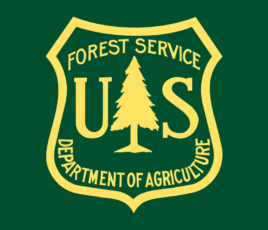
Children Plant Schoolyard Pocket Forests to Tackle Climate Change
As the world faces a biodiversity crisis, micro Miyawaki forests offer up havens for local flora and fauna by reclaiming underutilized urban spaces.The Miyawaki method grows 10x faster, generates up to 100x more biodiversity, replaces water guzzling lawns with native drought tolerant plants, and has a 95% survival rate. It addresses the urban heat island effect with a cooling microclimate (up to 25 C) and improves the soil’s health and rehabilitates soil biology. The micro forests also include all region specific native plants and honors local indigenous knowledge, and they empower children to make a difference by participating in a climate change solution, improving student/ community wellness.
These tiny urban forests enhance biodiversity, reduce water consumption to a fraction, and improve soil biology, offering a clever, green solution to many of the most pressing challenges of our time. The average height of our trees is 12 feet tall after just one year in our Miyawaki forests in Berkeley, California. Our forests in California have a 95% survival rate, use one tenth of the water a lawn uses, host 53 native species, became a local biodiversity hotspot overnight, and had an average tree height of 12 feet after just one year! And that’s not even the best part- these micro forests were planted by school children who got to experience the power of tiny actions to change the world, learn indigenous values of land stewardship, and connect with nature right on their school campus or city.
In November, 2021, Green Pocket Forests Director Neelam Patil planted the first ever schoolyard Miyawaki forest in Berkeley, California. In the process, empowering thousands of children to participate in a hands-on solution which had immediate results and impact on their lives, alleviating their strong sense of climate angst. At Cragmont Elementary School in Berkeley, California, what started off as a barren plot of abandoned land is now a lush, thriving ecosystem with high leaf density, healthy soil biology, and biodiversity, all while using a fraction of the water that ornamental lawns use. This weapon against climate change is quickly transforming the lives of many and the landscape around us.
Check Out Our Forests










